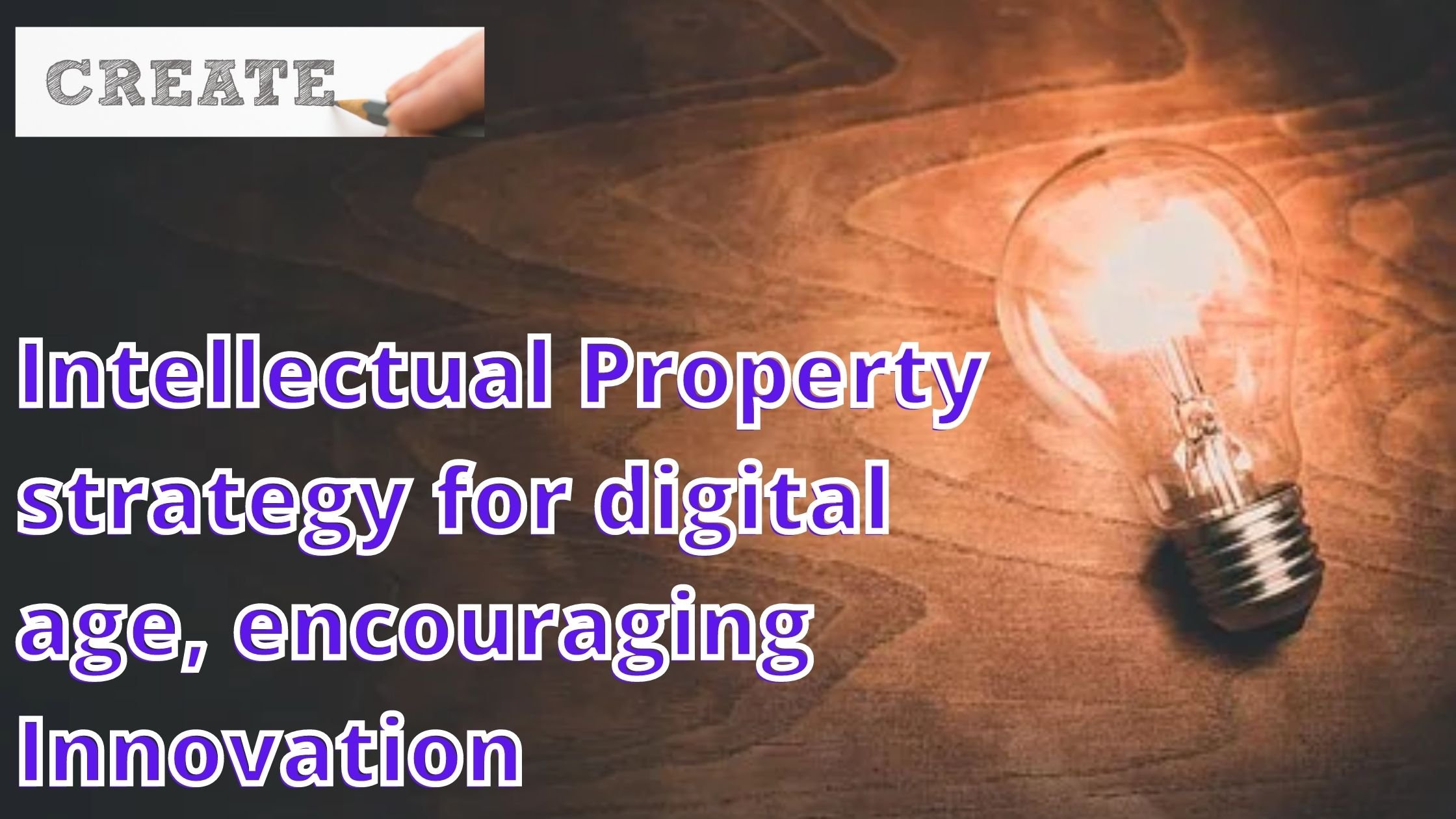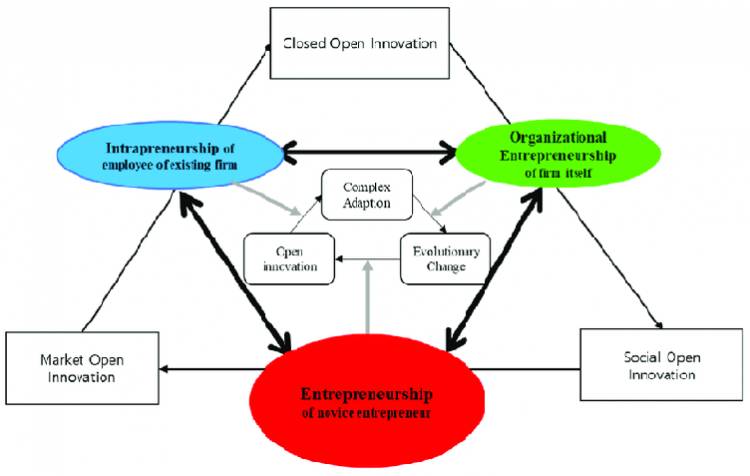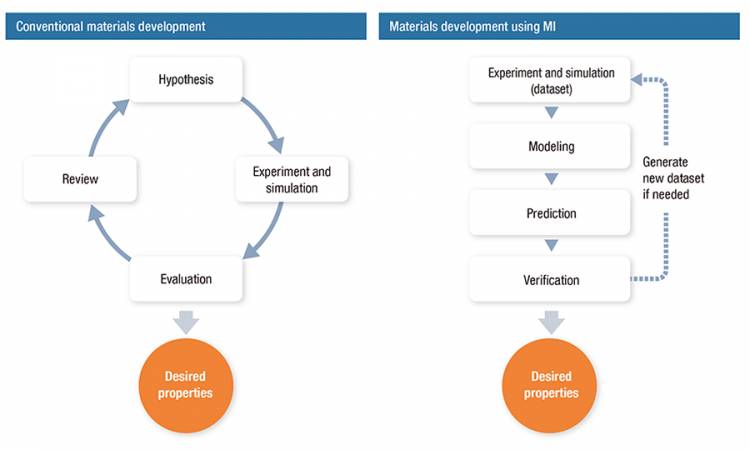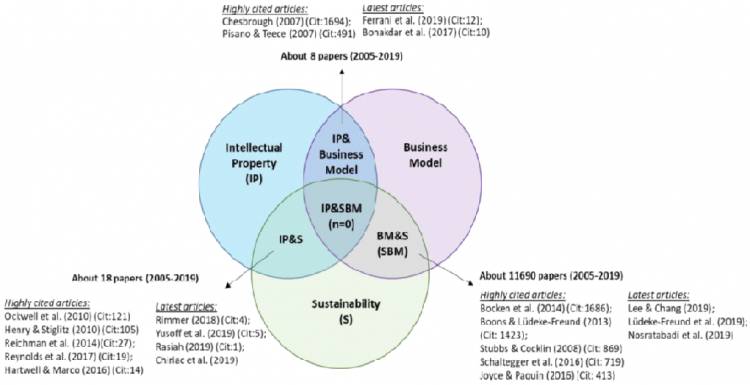An Intellectual Property Strategy for the Digital Age that Successfully Encourages Open Innovation
In recent years, numerous technological mechanisms designed to digitally protect intellectual property (IP) and the efforts to develop commercial products and services based on certain mechanisms have been explored. This chapter begins with an analysis of IP security technology, describing the strengths and limitations of the technology and discussing the implications for the delivery and access to IP of these capabilities.

Protecting Digital Intellectual Property: Means and Measurements
In recent years, numerous technological mechanisms designed to digitally protect intellectual property (IP) and the efforts to develop commercial products and services based on certain mechanisms have been explored.
This chapter begins with an analysis of IP security technology, describing the strengths and limitations of the technology and discussing the implications for the delivery and access to IP of these capabilities.
The study provides more technical information, which seeks to deconstruct the software and introduce a broad range of written material on this topic.

The involvement of business models in IP protection is also discussed in this chapter. Safety is generally designed in legal and technological terms depending on what legislation requires and which software can implement. Business models bring to the combination a third influential aspect that can provide an efficient way of delivering more digital content in innovative ways and that effectively dissuade unlawful use of IP.
This chapter also discusses the topic of large-scale, also pointed to as copyright breach. The report examines the quality of the data on levels of trade violations and recommends changes to the information given.
In this paragraph, we will conclude by addressing increased copyright usage to protect creative data such as technology and internet business strategies and analyze if the regulatory structure is a viable mechanism to safeguard such developments.
Technical Protection under IP rights:
Technological growth threatens in many respects the status quo of IP management. Section E and Appendix E focuses on TPSs, which can help monitor the transmission of virtual intellectual property via the Internet. Its focus lies on the manner in which technological resources can help achieve the goals set out in the study and what they cannot do and thus what otherwise should be pursued. Annexure Discuss how tools function, illustrate the difficulties identified in the report for each type of tool and prepare the planned creation and implementation for each method. In order to make the discussion easier, it is described in this section for the purposes of the security of each item (texts, music records, films, etc.); but many of the concerns raised are related to databases and many of the strategies addressed are appropriate to them for example, the library and databases.
Some of the relevant factors of TPSs should be kept in mind:

-
The software offers a mechanism, not an edge; it may assist in the implementation of IP law, but it cannot provide responses to questions regarding social, civil, or individual issues and privileges of possession of products, and cannot resolve questions that have not been addressed in full or inadequately.
-
No TPS is perfectly safe. Tech is fast evolving, which has increasingly made previously safe systems less stable. Social situations are also evolving with more or less) a concern in the community being brought on by the loss of protection systems. As in the case of physical surveillance systems, inherent trade-offs exist between on either hand and the expense of construction and deployment, the layout and the deployment efficiency of a framework. The best thing you can ask for is to continually boost TPS efficiency and reliability and to hold such systems down.
-
As is the case with any security system, the quality and cost of a TPS must be tailored to the values and the dangers it poses for the resource it helps to protect.
-
There are also different levels of safety, as with any surveillance system. Certain TPSs are intended for genuine folk and to provide a modest level of regulation only with optimistic applications focused on providing reliable safety against bandits.
-
TPS, like any program, must be revealed through careful research and study and is subject to design and implementation errors. In order to evaluate quality services, skilled cryptographers, and specialists in data security look for weaknesses in current systems.
-
Nearly always, TPSs trigger their subscribers some discomfort. The continuing design effort includes at least eliminating or reducing these inconveniences to manageable levels.
-
Encryption enables the scrambling of original images, such that only authorized customers can scram them out.
-
Permanent authentication enables the customer to use knowledge by keeping it protected by the device.
-
Filtering integrates details (e.g. about shareholdings) into a virtual job comparable to paper's ability to hold a logo. A good brand will allow owners to monitor digital works' duplication and delivery.
-
Machine operating mechanisms' protection and honesty capabilities include, for example, conventional device-controlled file access rights.
-
Content protection languages communicate the rights and obligations of holders, suppliers, and consumers in a machine-readable format, allowing the device to evaluate the approved set of actions demanded. These phrases can be interpreted as an elucidation of the words used during software applications to communicate file access permissions.
-
The level of pain caused by the TPS has traditionally been connected to the level of protection it provides. Thus, excessively strict security within the market environment is as poor as insufficient protection, with either extremely low levels of income, no security, or maximum protection (i.e. making material inaccessible). Earnings are rising from peaks with motion; the analytical challenge is difficult to achieve the correct equilibrium.
-
Security systems that are valuable in particular devices (e.g. cable TV set-top boxes or electronic portable music players) are somewhat different from those designed for use in computers for general use. Technology alone cannot provide the degree of technological security obtained with specially built hardware for network-assembled general-purpose computers. Nevertheless, only computer interventions are likely to be commonly used shortly.
The designer of an IP distribution service must select the right components for effective security and aim to connect them through an end-to-end technological protection framework. To achieve efficient security the term 'end-to-end' underlines the ongoing control over the content; the word 'security mechanism' stresses the fact that a range of services must be integrated so that they operate in a convenient format.
IP safety is a type of computer and communication defense, a field of study widely explored in both research labs and practical applications. The value of protection in the course of research electronically is being revived at present. Although safety technology covers a very wide field, this topic is restricted to the definition of concepts and technical topics that are commonly appropriate for intellectual property management.

Impact of IP rights on small businesses:
All these less conventional models minimize the need to implement the defense towards reproductive intellectual property. The first two do this by failing to produce income from online media, but instead using it as a method of requesting services or physical goods that are not prone to duplication or virtual goods. This is still difficult to read on-line and since most people do not wish to carry out a multi-hundred-page text, to provide online media as a replacement for traditional material. Sales updates are based on the original device's relatively shorter lifetime; spyware software is usually updated every three months. Severe flexibility makes it important for moot to implement IP security since the service is only of value to the account holder. Splitting the stem into small sections makes it possible to clone the whole item, partly replenishing a violation challenge that usually arises with physical items.
Sharing one consumer game to encourage others decreases the need for IP compliance for the particular product, but in reality, nothing is being done to reduce the need for IP compliance for the item paid. One related technique is to separate citizens from organizations. In order to sell (more costly) services bought by companies, for example, Netscape and Adobe give away programs that people use. In contrast with person violation detections and lawsuits, it makes it easier to enforce the IP rights of organizations. The study also takes note of the assumption that companies will use it to pay for the product and also acknowledges that organizations have mechanisms and assets to deal with IP regulations and licensing agreements with ease.
Know more about, In the current scenario of the digital age, Intellectual Property as a new class of asset in your balance sheet, see the video below -
BY -
Hatim Husain












